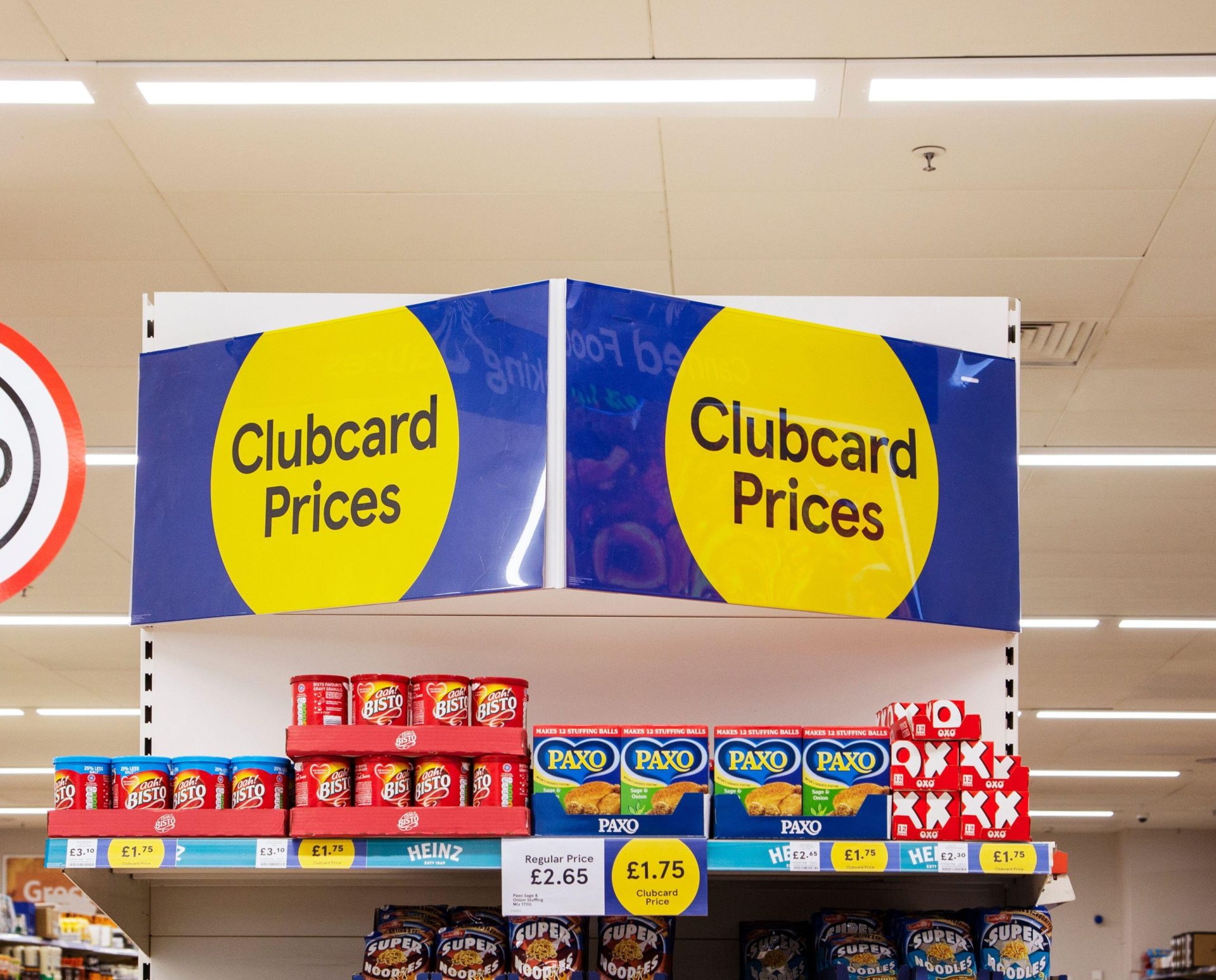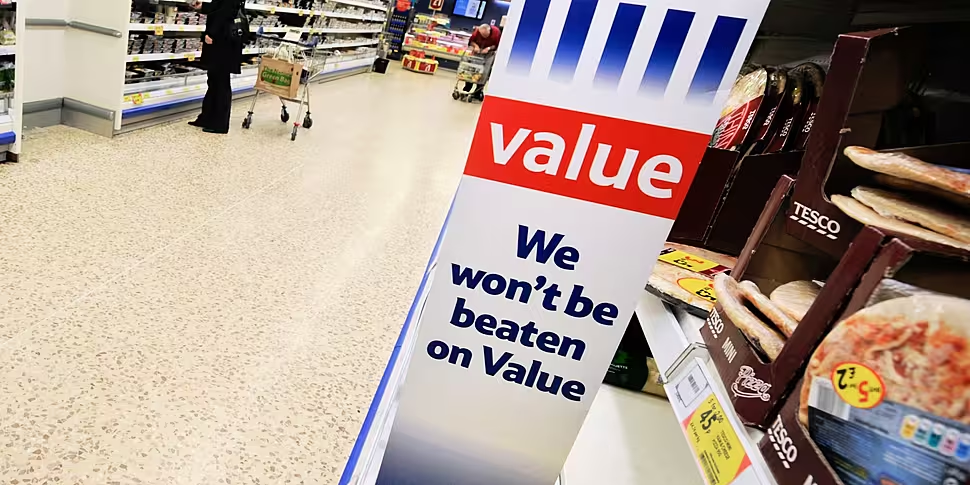People who are not a member of a supermarket loyalty programme are paying 'eye-wateringly' higher prices for their shopping.
In a new report The Independent Lifestyle Features Writer Helen Coffey has found an increasing difference between regular prices and loyalty prices across supermarkets.
It comes after Tesco's loyalty scheme was criticised by UK consumer group Which? – with the company warning that that the way prices are displayed for Clubcard members is "at best confusing for shoppers struggling with soaring food inflation and at worst, could be breaking the law".
Ms Coffey told Lunchtime Live those not in a loyalty scheme have a choice to make.
"It's not just Tesco but I'm going to lead with Tesco because it's where I think it's most apparent," she said.
"If you go in now, the biggest prices you'll see, often on these yellow stickers splashed everywhere, are not the actual price for a regular person.
"They are the price that is just reserved for if you've got a Tesco Clubcard, if you joined their loyalty membership scheme.
"Then you look below and on just so many products now the actual price if you don't have a Clubcard [or] whatever else is a lot more expensive.
"It's eye-wateringly more expensive than if you've got a Clubcard.
"I'm just not really sure that's the right way around."
'Forced to give over your data'
Ms Coffey said special deals are to be welcomed but shouldn't be exclusionary.
"Sure, you can have special offers but it shouldn't be the norm that the good price is something you can only access if you've joined this special club," she said.
"I don't think you should have to [join].
"In order to get the best prices across the majority of products you're forced to give over your data, or the choice is you pay more for nearly everything.
"It just feels a bit like this two-tier system where you're a second-class citizen almost.
"I just don't feel like it should be the default, that's what I don't like about it".
Ms Coffey said the programmes do not seem to reward loyalty in the traditional sense.
"Prior to that when it was more based on Nectar points or whatever else, it felt like every now and then you'd build up enough to buy something small or occasionally get given a coupon.
"But now they don't reward loyalty so much as you only get the special price if you have signed up and given them over your data".
 A sign for Tesco Clubcard prices, 30-9-23. Image: Becky Selina / Alamy
A sign for Tesco Clubcard prices, 30-9-23. Image: Becky Selina / AlamyMs Coffey said she believes supermarket prices in general have gone up as a result.
"The non-loyalty, the non-subscription price of food is much more than the one if you've joined up and I've really noticed that," she said.
"It very much looks like the old price that food used to cost is now the special subscription price.
"Everything else has been bumped up by a couple [of euro] so you really feel it when you're paying without being a member."
'We have no real loyalty'
Kemmy Business School Associate Professor in Marketing Dr Christina O'Connor said so much choice has probably diluted their impact since the Clubcard was introduced in 1994.
"Things have changed significant in terms of what a Clubcard does, how a Clubcard is used and who actually is buying into a Clubcard," she said.
"Time has made loyalty less loyal in terms of our willingness to go for the best bargains across multiple stores.
"When we use and talk about loyalty, loyalty is instilled when we look at the level of risk or involvement.
"So, I'm loyal to my dentist because it's high-risk and I need to trust them to do a really good job.
"The reality is when we walk in to buy our carton of milk or Ben & Jerry's etc it's a low-risk and low involvement purchase.
"We have no real loyalty as such to the concept of being able to go next door because we've seen that milk or ice-cream at a lower price.
"Time has changed from when a Clubcard was first introduced to us," she added.
Dr O'Connor said companies should look at how their schemes work as people 'expect a return' on their membership.
Listen back here:









